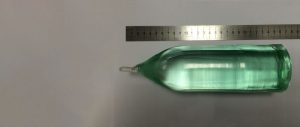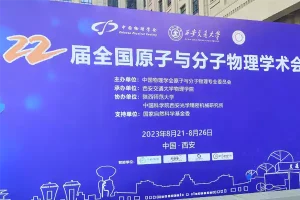Although studies suggest modulated Er:YAG lasers are associated with a lower risk of pigmentary alterations than carbon dioxide laser resurfacing, long-term data regarding the risks of delayed hypopigmentation are not yet available. Skin resurfacing with a short-pulsed Er:YAG laser is most commonly used for the improvement of fine rhytides. For moderate photodamage and rhytides, modulated Er:YAG laser skin resurfacing results in greater collagen contraction and improved clinical results as when compared to short-pulsed Er:YAG systems. Treatment parameters of the most advanced ablative fractionated Er:YAG lasers are dependent on several factors including area to be treated, severity of the condition, and the brand of laser used. Referral to the most recent laser guidelines for each individual laser system is advised. The erbium:yttrium-aluminum-garnet (Er:YAG) laser was introduced as a bone-cutting tool in the United States in 1996. Its unusual name derives from the Swedish town of Ytterby, which is the site of a quarry where the silvery rare-earth elements erbium and yttrium were discovered. This stacking effect is much less important with the Er:YAG laser, despite a thermal relaxation time of 1.9 microseconds and a pulse duration of 250-350 microseconds, because the laser energy dissipates so rapidly and penetrates so shallowly. Three important variables in laser technology are wavelength, pulse duration, and fluence. (Fluence, or energy density, is the amount of energy delivered.) They are optimized to achieve maximal ablation of the target tissue with minimal collateral damage.
- Products
- Applications
- Support
Cooperation
- Company
Others
- Blog
- Contact Us







